Published 18 December 2018 ● Last Updated on 29 July 2020
As we try to be more environment-friendly in every aspect of our lives, let’s extend the consciousness to our social events as well. Whether formal or informal, events can be made more sustainable with just better planning; so let’s spread the joy (and ideas!) on hosting a low-waste event.
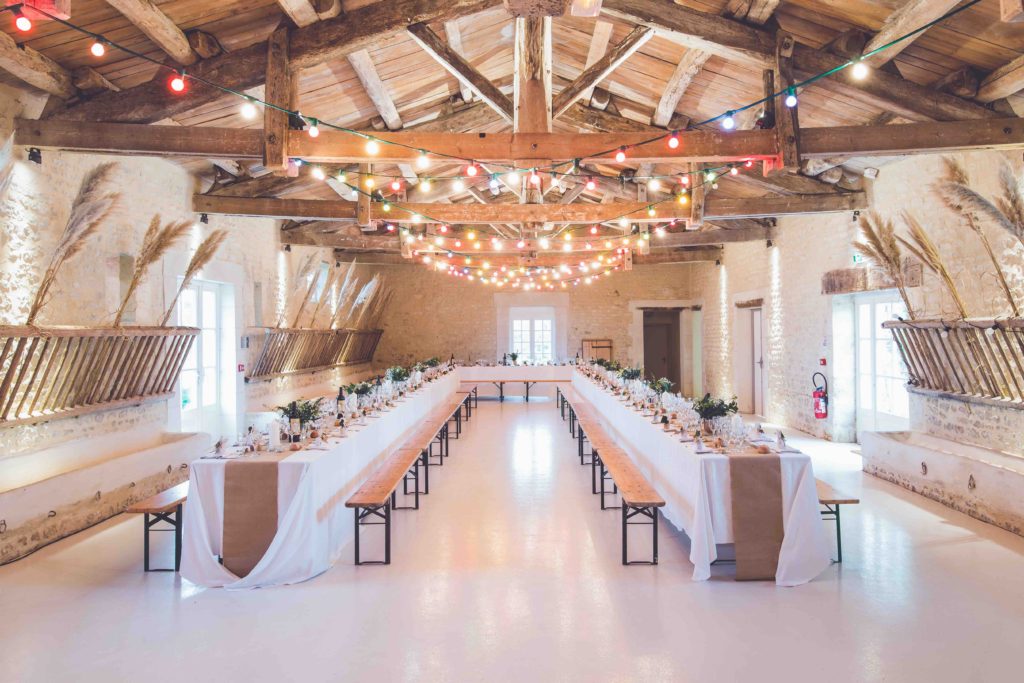
I’m sure we’ve all attended events where everything is perfectly planned out by super-efficient event managers – from the precisely timed invites to the colour-coded decor, tables filled delicious food and drinks, and the most thoughtful thank-you gifts. But let’s face it, whether it’s a baby shower or a corporate retreat, the collateral damage is that there is a lot of waste – and given that most of it is non-biodegradable, or cannot be re-used or is not disposed off in the right way… we’re constantly adding to the already unmanageable amount of waste that is produced worldwide!
So going with a ‘waste not, want not’ mantra; here’s a checklist to help you plan your next event in a more sustainable way.
Pre-event – Planning it Right!
If one has planned it well, half the job is done. When wanting to host a sustainable event, this stage is important because a lot of the material that you may want to use may not be lined up on shelves in your neighbourhood supermarket, but may require you to take that extra step to source.
1. Invites
Go paperless – it’s as simple as that! There are many options available today – you can use free software to design your invites and email them to your guests, make an event page with all details and invite your guests to join it or even create an app for the event!
This little change makes a huge difference. Why create one-time use invites which will only end up in the trash the next day?
2. Partner Up
Depending on the kind of event and its scale, now is when you start making tie-ups with others who will be involved and it is crucial to work with partners who have the same ideology as yours. This will ensure that they are as committed to making the event sustainable.
3. Location
Ask yourself, do we really need to meet up for this? If that soft voice in your head is saying a small no, then don’t plan to make an event out of something that can easily be done through an online conference call or video chat. You are saving a lot of fuel!
If you need to host an event, choice of location is next on the agenda. Keep in mind…
- If an indoor event, choose a place that is already eco-friendly and committed to the cause. In the case of an outdoor event, make sure that it is not affecting the natural surroundings of the venue.
- Travel is an important factor that one needs to cater for. Choose a location that is the closest to all attendees. See if it is easily accessible by public transport or organise car pools.

4. Decor
Think through the décor – try and use materials that are natural or recyclable. For example, when you print banners or boards, don’t add a year to it – you can reuse it for events to come. Dissuade the use of artificial decorations, instead add a few potted plants to brighten up an indoor event.
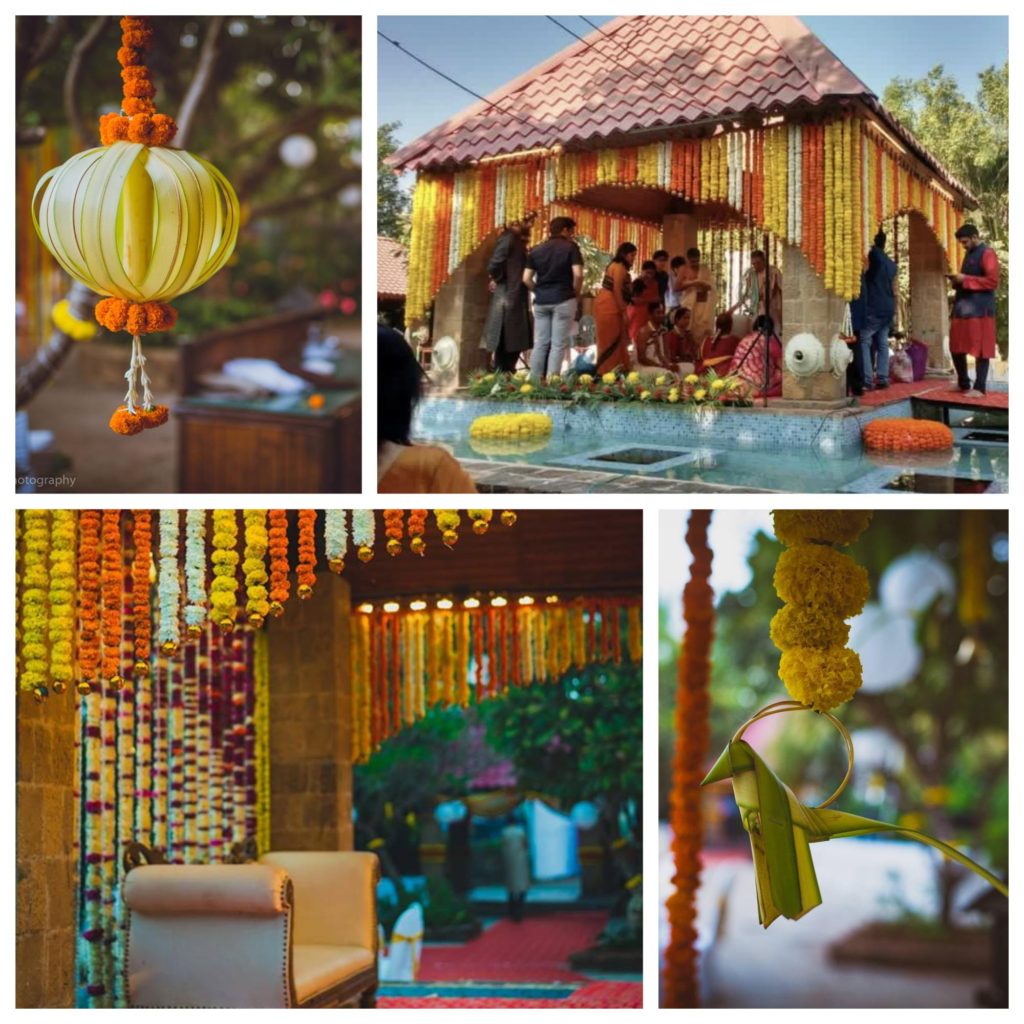
5. Food & Beverage
Food wastage at events is a common thing – and one of the biggest challenges! Let’s try to eliminate this by:
- Catering enough and not in excess.
- Sourcing food items that are locally available.
- Serving fresh food items and juices over packaged food and juices.
- Doing away with plastic water bottles entirely. Ask your guests to bring their own bottles or gift them reusable bottles at the beginning.

Once food is sorted, cutlery is the next big thing. It’s best to use reusable crockery and cutlery but if you have to use disposables, get biodegradable items made from bamboo or cornstarch (and line-up collection by an industrial composter) or you could even consider edible cutlery.
D-Day– It’s all about the execution!
On D-Day, there will be other things that require your attention but some of these small steps will help in adding to the sustainability measures.
1. Waste Separation
Keep separate bins for recyclable and non- recyclable items.
2. Energy Saving
This is the easiest thing to do and yet most events don’t. Switch off items that are not needed like extra lights and fans. Keep air-conditioning at a suitable temperature – you don’t need to freeze the guests! Shut off projectors, TVs and other gadgets when not in use.
3. Calculate your Carbon Foot Print
Want to add a fun element to the event? Get your guests to calculate their carbon foot print at the event. Maybe the one with the least at the end of the event could win a prize!
Also helps to calculate the event’s carbon footprint – you can go ahead and offset it by planting trees or investing in carbon funds to infect be a carbon-neutral event!
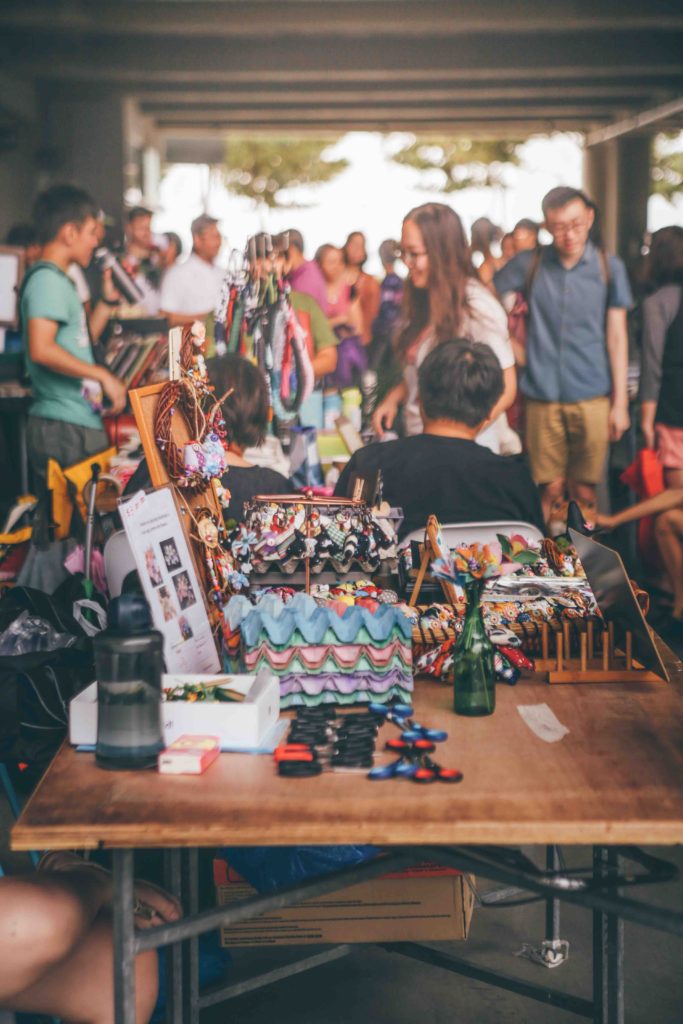
4. Gifts
If you intend to give gifts to your guests, there is no shortage of environment friendly ideas– a potted plant, reusable coffee mugs, metal water bottles personalised with names, maybe even a packet of seeds to plant at home.
If you, as a host, want to get avoid getting drowned in gifts – use a registry to minimise duplicate and unwanted presents. You can also suggest donations as a way to channel gifting into meaningful causes.
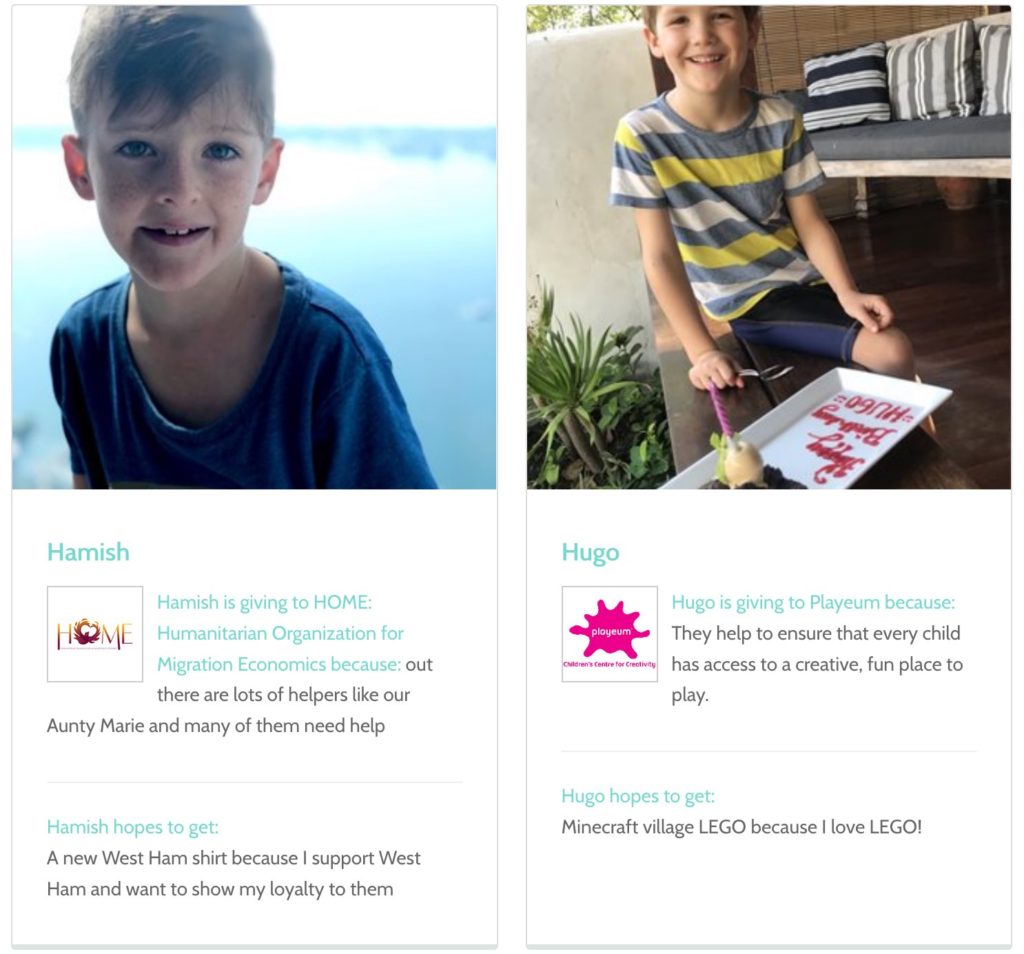
Post Event – Wrap Up Consciously
Wrap up is always easy because you just need to bring everything down – spend a few extra minutes to ensure it’s done productively.
1. Excess Food
Hopefully, once you’ve executed stages 1 and 2 of event planning sustainably, you won’t have much excess food, but if you do have leftovers, contact a food bank that will come and take it and distribute it among those who need it. If food safety issues keep you away from redistribution – look out for composting companies that can pick up the excess.
2. Waste Disposal
You’ve already segregated your waste, just ensure that the recyclable stuff actually gets recycled and doesn’t end up with the normal trash headed for a landfill somewhere.
3. Re-Use
All that can be saved for further events: keep carefully and re-use. It does make the ‘taking things down’ process a bit slower but the effort is worth it.
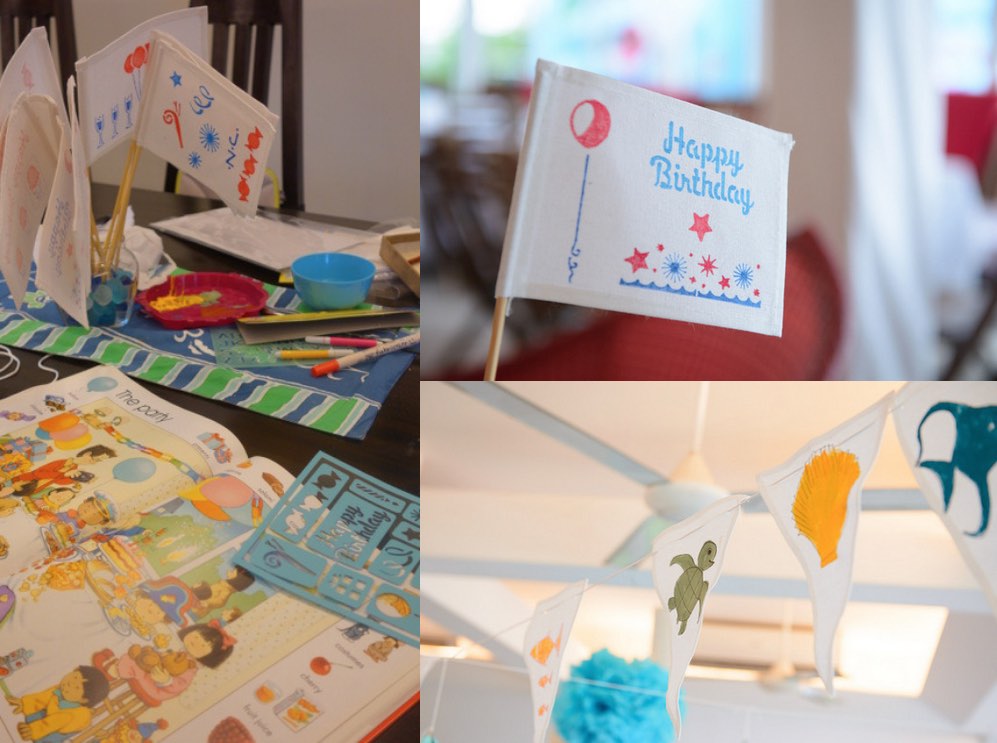
Congratulations! You’ve hosted your sustainable event…
This is a basic checklist but one that can help you get started and, hopefully, along the way find more ways to make your event green and sustainable.



0 Comments